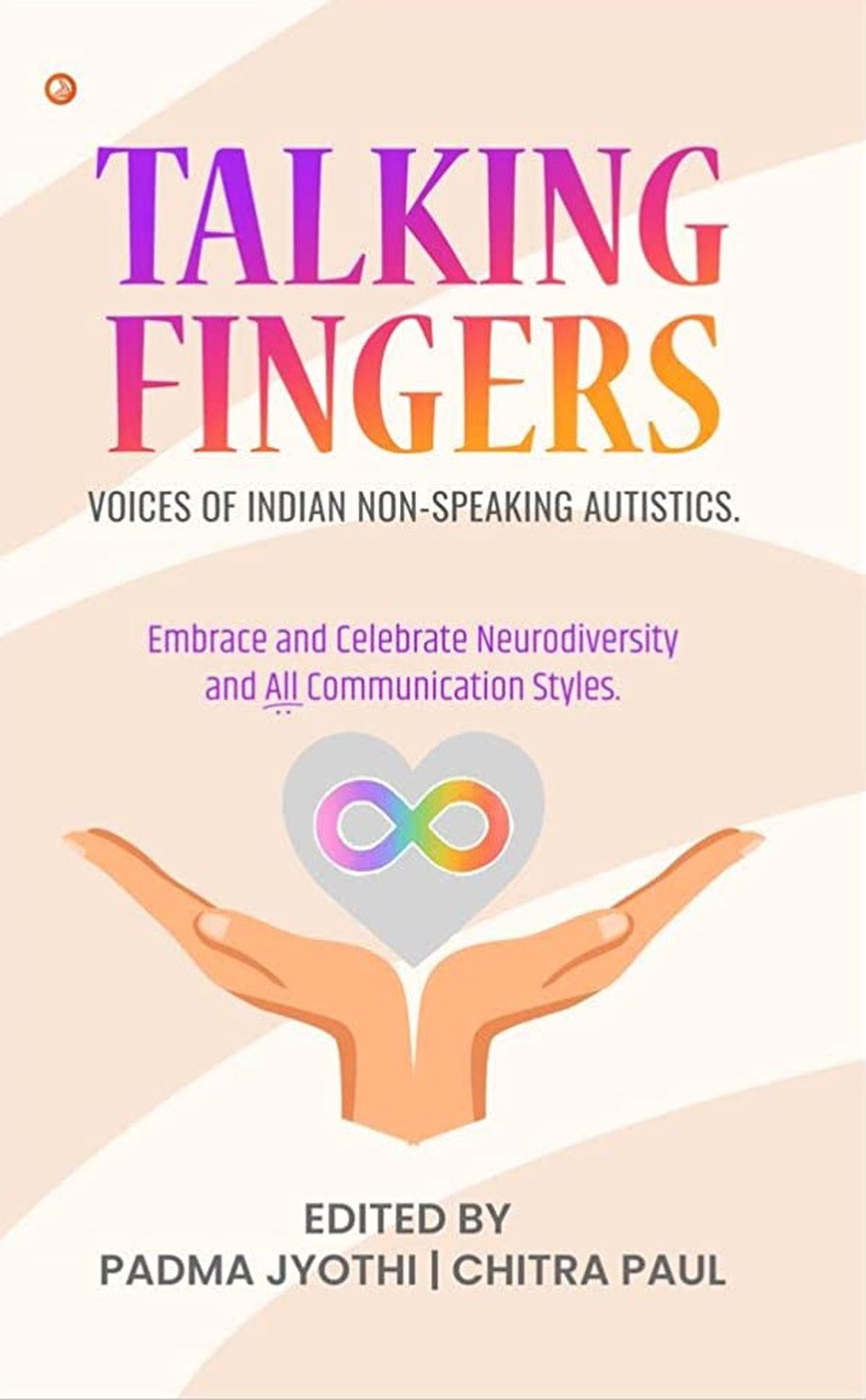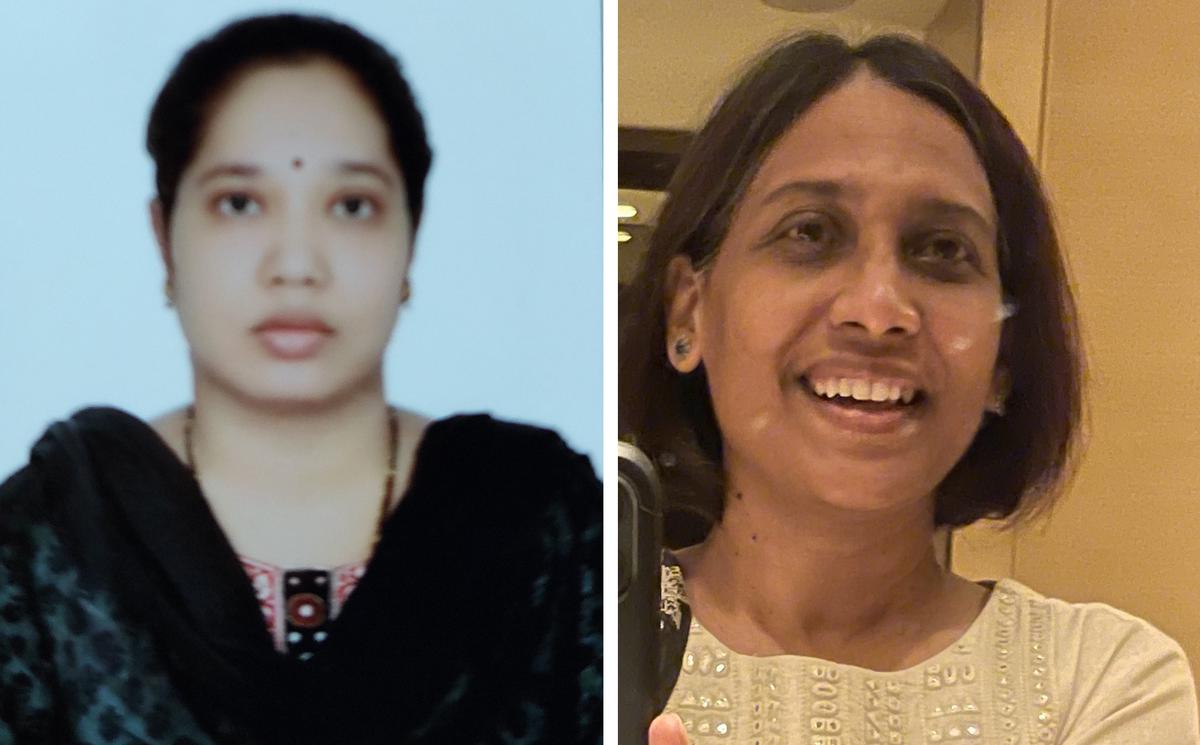[ad_1]

A collage of the authors who contributed to ‘Talking Fingers’
| Photo Credit: Special arrangement
In my mind, I’m hopeful that in times to come I’ll be able to control my thoughts. I can’t control my movements always, so others may think that I don’t know things. Suppose you ask me to bring something; despite knowing exactly what is being asked, sometimes my body does not obey my command.
This is 21-year-old Aratrik Dey, a non-speaking youngster in the autism spectrum expressing himself in the book Talking Fingers – Voices of Indian Non-Speaking Autistics.
While Aratrik’s father Malay Kanti Dey, says he cannot measure his joy at his son’s writings being published in this book, he feels sad too. “This book reminds me that all these years I used to introduce my son to the public as an autistic and intellectually disabled boy. Every time I used that phrase, his heart must have broken into a thousand pieces. I’ll keep this book with me forever, not to forget this melancholy and joy even for a moment.”

Talking Fingers
Co-edited by Padma Jyothi and Chitra Paul, Talking Fingers features 16 non-speaking autistic individuals whose responses to a set of 17 questions display to the world their thoughts on myriad subjects. The book’s foreword is written by a non-verbal person with autism, Chandima Rajapatirana, co-founder of EASE Foundation Sri Lanka.

Editors of the book Padma Jyothi and Chitra Paul
| Photo Credit:
Special arrangement
As parents of non-speaking autistic children, both Padma and Chitra have read books of collated writings from this community, published in the West. Says Chitra, “These books have helped us to better understand our children and support them in developing alternative modes of communication to share their life experiences. Since we were connected to other non-speaking autistics and their families here in India, we decided to bring out a book which was a collage of thoughts, opinions and shared experiences from the autistic individuals themselves. With their lived experiences, we consider them to be the real experts on autism.”
Adds Padma, “Generally, the books in this genre are in the form of essays. We wanted to try something different that showcased the talent and wisdom of these gems. So we sent them questions and collated their responses to each question chapter-wise. This way, you can read the wide spectrum of the insightful thoughts of these amazing young people.”
AAC and beyond
The primary means of communication for autistic individuals has been the Augmentative and Alternative Communication (AAC) system which uses sign language and pictures to reflect their thoughts. Hitherto limited to understanding their basic needs, AAC is being explored to help autistic persons effectively communicate and grow to becoming writers, bloggers and poets. From here emerged the 16 authors of this book.
Another author Akshat Rassay’s communication began from the need to express himself. He writes in the book, “Communication changed my life forever. Earlier my sentiments could not be expressed due to a lack of communication. Now, as I started communicating I am confident and feel mature.”
For Akshat’s mother Ritu Rassay, it was a liberating experience to see her son’s name as a co-author in this book. “When he started expressing himself through AAC and typing, I could see a brain with mature and clear thinking. His views, thoughts and opinions often mesmerise me. This book gave him a chance to introduce himself as a human being who thinks, expresses and argues about a range of topics beyond the label of autism,” she says.
Another author, 17-year-old Navneet Kulkarni writes in the book, “Autistic people can read the mind of the people but they fail to express it in a right way and their way of communication is different.”
Non-speaking/unreliable speakers constitute 30 – 40% of the autistic spectrum of the neurodivergent population, informs Chitra. This section of the spectrum is derided much more and often categorised as cognitively and functionally incapable or ‘low functioning as they are regularly referred to. “This view is being challenged intensely in recent years. Many non-speakers have emerged from their “prisons of silence” to quote my son using alternate means to communicate. They are forcing the world to rethink the existing paradigms of autism.”
Reading minds
Padma shares that reading books written by autistic individuals has helped her immensely. ‘It shed light on many aspects of my son’s difficulties. Though there are many such books worldwide, the question that often arose was – why don’t we have books like this in India? It was from this space that this book originated. It’s high time we stopped making assumptions and learn from autistic individuals; it’s time for us to listen and for them to lead the way. With the help of AAC, they can shatter the myths surrounding non-speaking autistics and show the world their potential.”
Padma and Chitra feel overwhelmed by the positive response to the book which was an eye-opener for many. “We hope this book is just the beginning of more inclusion of non-speaking autistic individuals into the mainstream spaces in India including schooling, higher education and work and relationships,” says Chitra.
Padma and Chitra are working on a Hindi version of Talking Fingers to reach people across India. Informs Padma, “We also plan to publish a second edition of the book with a few updates. The impact this book has on young parents is immense; just imagine how the lives of these children will blossom as they receive the necessary support and encouragement. We want our Talking Fingers family to grow as we continue this book as a series.”
[ad_2]




